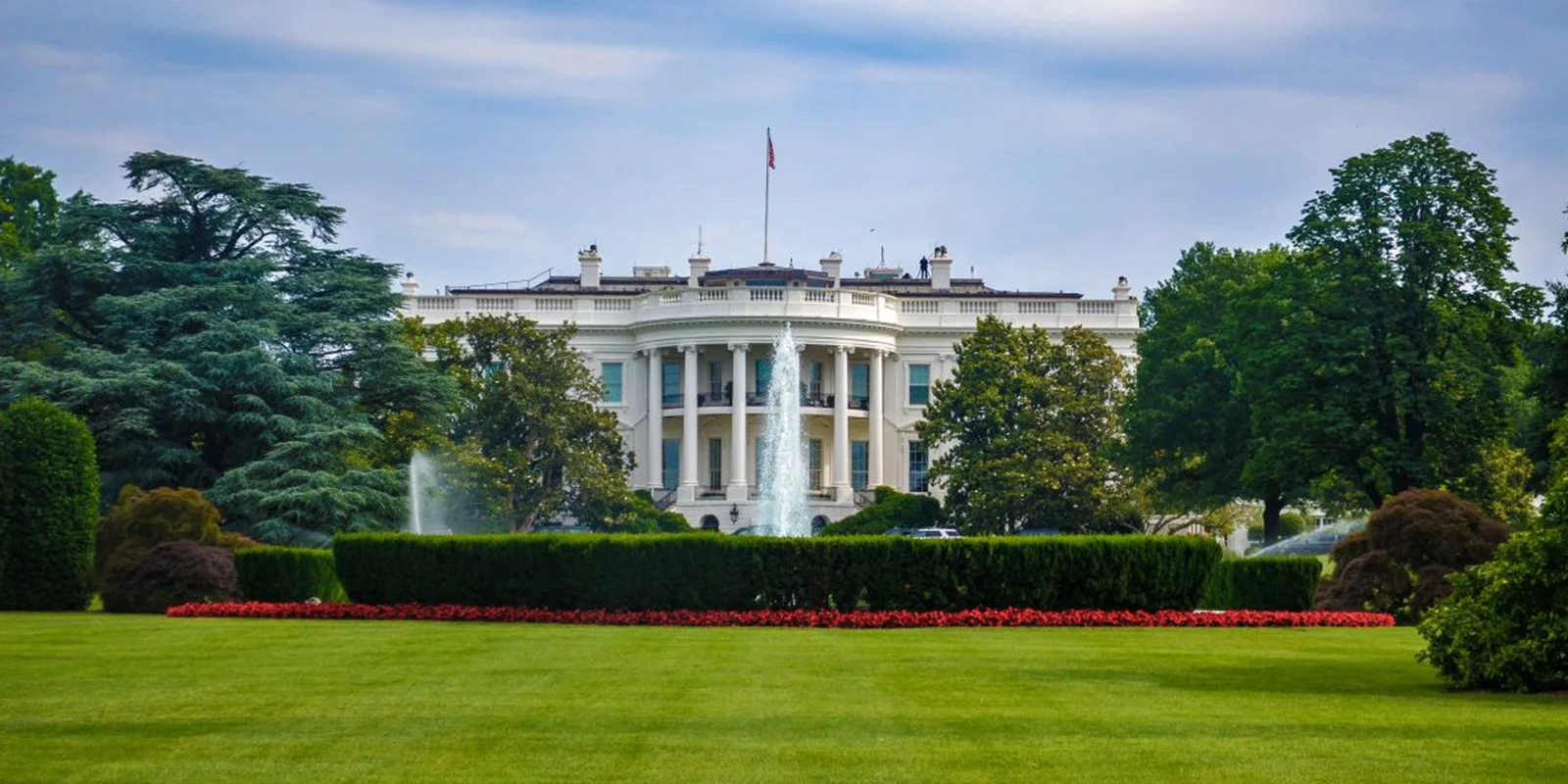
What Nonprofits Can (and Cannot) Say to Influence a Transition: 2020 Edition
With the 2020 election behind us, nonprofit organizations can now shift their focus to what they want to achieve over the next four years.
And like pre-election communications, there are certain limits on what nonprofits can and cannot say during a transition period, thanks to their tax status.
Luckily, our friends with Alliance for Justice’s Bolder Advocacy program have developed resources that help nonprofits navigate this time.
JUST THE FACTS
Now that a winner has been declared, two things happen regarding nonprofits’ communication abilities:
- They don’t have to worry about the prohibition on supporting or opposing candidates until the next cycle.
- They do need to pay attention to the language they use with transition teams, because if the conversations include lobbying language, they may be subject to state or federal reporting requirements. For 501(c) (3)s, federal tax law limits how much lobbying they can do, so it’s important to track those efforts and report them appropriately.
Confused about what counts as lobbying a transition team?
PER AFJ, HERE ARE SOME ACTIVITIES THAT ARE CONSIDERED TO BE LOBBYING:
- A Legislative Policy Blueprint: Offering newly elected officials with your organization’s budget and policy priorities and urging action on those items falls into the lobbying category. These policy priority Blueprints are lobbying when they contain support for specific legislative proposals and are shared with legislators or their staff, which could include members of the transition team.
- Meeting with Transition Team Members: Often, transition teams hold public meetings that are an opportunity for nonprofits to attend and share their policy Blueprint in public testimony. If the transition team members include legislative staff, this may be direct lobbying.
- Publicizing the Policy Blueprint: Organizations may want to inform their supporters about their transition advocacy and encourage them to act. Any communication that asks members of the public to contact a legislator or executive level official to support or oppose specific legislation would be considered grassroots lobbying.
- Offering a List of Potential Nominees for Key Positions: For positions that require a legislative body to confirm the nomination, it is direct lobbying to share with an executive branch official the name of a candidate you support, including a candidate for nomination to a federal court. If you encourage members of the legislature to confirm or vote against any nominee, that activity is direct lobbying as confirmation involves a vote of a legislative body.
AND HERE ARE SOME ACTIVITIES THAT ARE NOT CONSIDERED TO BE LOBBYING:
- Recommending Transition Team Members: An effective way to have your policy positions prioritized is to have a member of the transition team who already supports your policy agenda appointed to the team. Recommending people to serve on the transition team is not considered lobbying because the positions are appointed by the candidate or the newly elected official without an advise and consent process.
- A Regulatory Policy Blueprint: Like the legislative Blueprint (above), this document can lay out a range of policy options important to your organization for executive orders and other administrative issues, such as the repeal or adoption of regulations. Unlike the legislative blueprint, this does not count as a lobbying communication under federal tax law, so public charities are not limited in how much of this they can do.
- Offering a List of Potential Candidates or Suggesting Qualifications for Key Positions: New administrations have many jobs to fill and having people who support your organization’s goals will help move your policy priorities. Making recommendations for jobs that are appointed and not subject to legislative advise and consent is not lobbying activity.
- Making Your Policy Recommendations Using a Lobbying Exception: A public charity can shape its transition-related advocacy to fit into the nonpartisan analysis, study, or research exception to lobbying. This exception offers an opportunity to disseminate truly educational materials which reflect a view on an issue, but it must be done carefully.
- In order to qualify for this exception, a communication must:
- provide a sufficiently full and fair discussion of the underlying facts to enable a member of the general public to form an independent opinion; and
- be widely disseminated to the general public.
Wondering, more specifically, what you can or can’t say? AFJ’s advice after the last presidential election is still super helpful.
For more information or to gut-check your communications plans, we cannot recommend AFJ’s lawyers enough. Read their fact sheet, listen to their podcast, and feel free to reach out to them directly.
(Cover Photo by David Everett Strickler on Unsplash)



